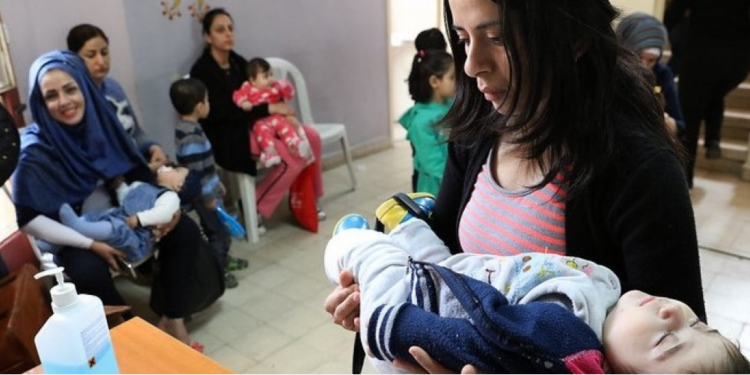Authors of a World Bank blog have highlighted the importance of cooperation across human, veterinary and wildlife health services to reduce deaths from antimicrobial resistance (AMR). These are germs that have developed a resistance to antibiotics, and so can’t be treated.
Currently 700,000 people are dying each year as a result and that number will rise to 10 million by 2050.
When microorganisms such as bacteria, viruses, fungi and parasites no longer respond to medications that were previously effective, they can become untreatable and lead to superbugs.
The misuse and overdose of antibiotics in animals, particularly those raised for consumption, as well as people, are causing the problem.
It’s exacerbated when resistant genes, bacteria, and antimicrobial compounds make their way into water sanitation and supply systems.
The authors promote multisectoral surveillance systems. As information about resistance to a given pathogen is shared between human, veterinary and wildlife health services, it becomes easier to locate and manage the spread of AMR.
Surveillance systems have never been more likely to protect people
Data from multisectoral surveillance systems can inform discussions about prioritising investments. Integrating systems can also help to build a culture of shared ownership in the fight against superbugs.
As specialists across different disciplines draw on shared surveillance systems, they also build familiarity and understanding across the One Health spectrum. This is all the more important when AMR transcends sectoral and geographical boundaries, like Covid-19 did.
In 2016, the cost of improving global health security systems (including surveillance systems) was estimated to be $4.5 billion per year. Preventative investment in health surveillance systems stands to save lives and economies.
The blog says it is clear that as we look to build resilient health systems in the wake of a global pandemic, infection prevention and surveillance systems have never been more likely to protect people, not only from Covid-19, but also from other deadly killers such as AMR.
The blog was published here.
Further reading:























